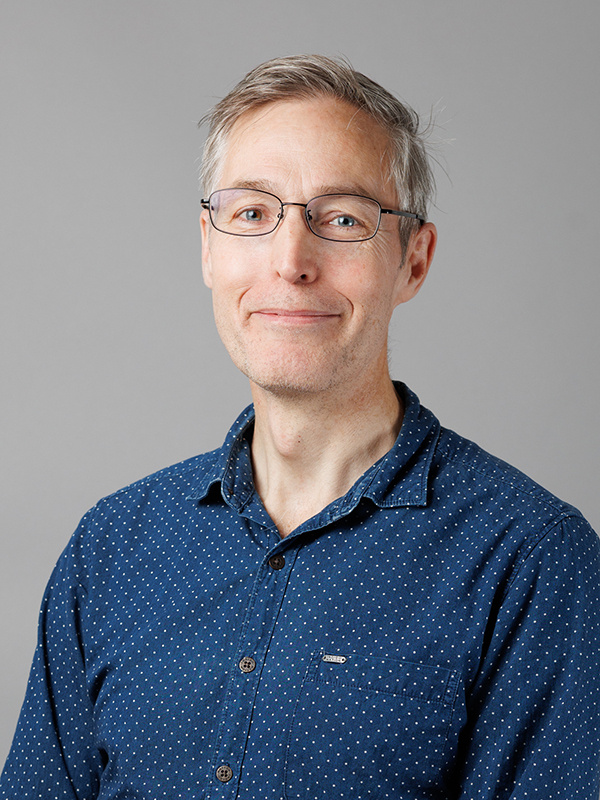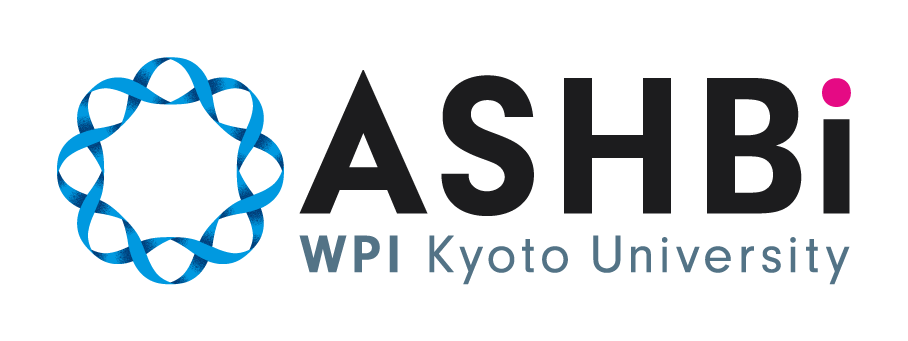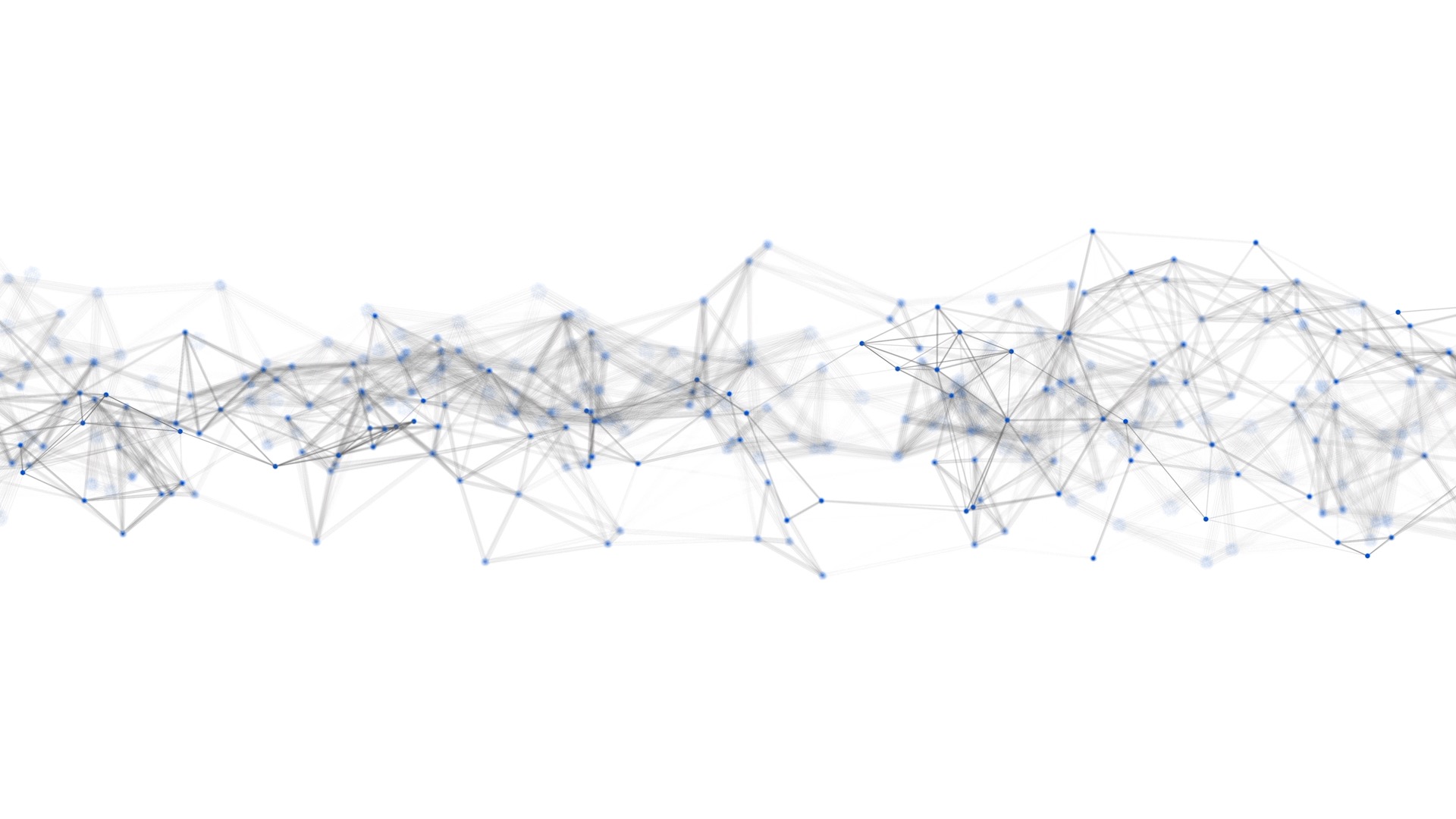
Rolf Tore Eriksson
| Position | Program-Specific Researcher |
|---|---|
| Group name | Alev Group |
| Research Field | Developmental Biology |
| Joined | Sep. 16, 2022 |
Research Overview
Using chick-human chimaeras for the study of human embryology: Making a notochord and the fate of human somites.
The study of human embryology has been difficult for practical and ethical reasons, but with the development of induced pluripotent stem cell (iPSC) methods, new opportunities have arisen. Combined with the accumulated knowledge of decades of studies of vertebrate embryo development, we are now capable of mimicking pathways of human development in-vitro. A recent study from the Alev-lab have shown the possibility to induce somitogenesis in in-vitro 3D-culture of human iPSCs. This system has remarkable similarities to normal axial development in other vertebrates. I am interested in extending that study by incorporating notochord development into the somite system since the presence of a notochord is vital to further development of embryonic structures. To test the competence of the structures obtained by in-vitro culture, I am interested in using chick embryos as hosts for tissue transplantations.
Biography
Rolf obtained his PhD at Uppsala University in Sweden in 2003 and moved for a postdoc at CDB RIKEN in Kobe in 2004. In 2006 he left for a postdoc at Macquarie University in Sydney, Australia. 2010 he went for a postdoc at the Natural History Museum in London where he stayed until 2012. He had another short project at the Natural History Museum in 2013 before going back to Uppsala to care for a sick relative. In 2017 he did a postdoc at Charles University, Prague, Czech Republic, before going for another postdoc in Bangalore, India, at the National Center for Biological Sciences in 2018 where he stayed until 2021. He continued with a postdoc at Cambridge University in the UK until 2022 when he arrived at ASHBi.
Publications
Woltering, J. M., Irisarri, I., Ericsson, R., Joss, M. P., Sordino, P., Meyer, A. (2020) Sarcopterygian fin ontogeny elucidates the origin of hands with digits, Sci. Adv. Aug 19;6(34).
Ziermann, J. M., Ericsson, R., Clement, A. & Olsson, L. (2018) Cephalic muscle development in the Australian lungfish, Neoceratodus forsteri. J. Morphol, 279(4), 494-516.
Smith, M.M., Johanson, Z., Butts, T., Ericsson, R., Modrell, M., Tulenko, F.J., Davis, M.C. & Fraser, G.J. (2015) Making teeth to order: conserved genes reveal an ancient molecular pattern in paddlefish (Actinopterygii). Proc. R. Soc. B, 282, 20142700.
Ericsson, R., Knight, R. & Johanson, Z. (2013) Evolution and development of the vertebrate neck. J. Anat., 222, 67-78.
Cole, N.J., Hall, T.E., Don, E.K., Berger, S., Boisvert, C.A., Neyt, C., Ericsson, R., Joss, J., Gurevich, D.B. & Currie, P.D. (2011) Development and evolution of the muscles of the pelvic fin. PLoS Biol., 9, e1001168.


